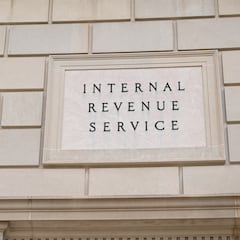$914 Social Security payment: who can claim the monthly check and when is the deadline?
In two weeks, some Social Security beneficiaries will receive direct payments of $914. Here’s who is eligible.

The latest report on inflation in the United States showed the pace of rising prices slowing, that is good news for Americans who have been struggling with a higher cost of living. Fortunately for the roughly 70 million recipients of Social Security benefits the Social Security Administration automatically raises monthly benefits to account for inflation.
Social Security payment schedule for May
Here is the payment schedule for the rest of the Social Security beneficiaries, corresponding to the checks for the month of May:
1 May: SSI Beneficiaries
3 May: Beneficiaries who began receiving payments prior to May 1997
10 May: Beneficiaries with a date of birth between 1 May and 10 May
17 May: Beneficiaries with a date of birth between 11 May and 20 May
24 May: Beneficiaries with a date of birth between 21 May and 31 May
The maximum monthly Supplemental Security Income payments in 2023
The exact amount depends on each person’s situation, i.e., whether they are an individual taxpayer, file jointly with a partner, or are an essential person.
According to the SSA, the average payment for individual taxpayers is $914 per month, while joint filers receive $1,371 per month and essential persons - those living with someone who receives SSI benefits and needs care for a health issue - get an extra monthly payment of $458.
There is no deadline to apply.
Maximum student earned income exclusion amounts
When calculating what a recipient’s monthly SSI benefit will be, the Social Security Administration takes into account different types of income. Not all count against the amount they receive each month and exclusions for certain income is granted.
Related stories
Only the student earned income exclusion is affected by the annual COLA increase. The exclusion applies to students under the age of 22 who are blind or disabled and who regularly attend school, college, or university as well as those who attend a vocational or technical training course.
The exclusion allows these beneficiaries to have limited earnings without it counting against their monthly maximum federal amount. In 2023 they can have earnings up to $2,220 per month excluded with a total annual exclusion of no more than $8,950.


